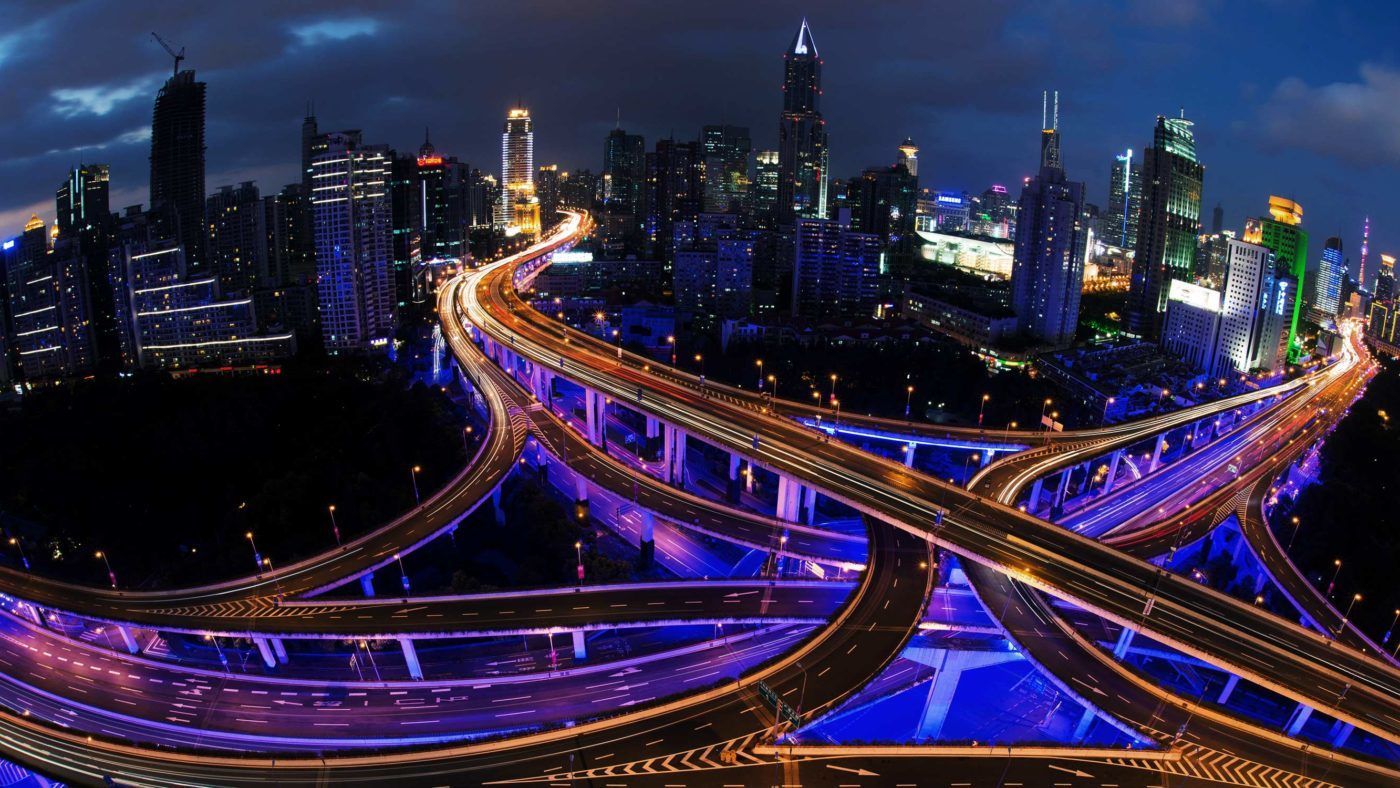There’s a lot of talk about how journalists can create more ‘positive’ news but what is the audience psychology behind the idea? Jodi Jackson of ‘Positive News’ spoke at the Polis/LSE Summer School about Constructive Journalism and how it could benefit from a better understanding of the mind of the news consumer. LSE Summer School student Megha Singh Chauhan reports.
The sheer amount of negativity in the mainstream media compelled Jackson to make a website about good and positive stories which were not shown in the mainstream media. She says that the depiction of news in the mainstream media has psychological impacts on the consumer. Her research at the University of East London shows that a constructive approach can create rigorous and compelling journalism by thinking about the possibilities present around a story.
Jodie says that it will be helpful if solutions-focused journalism is read in addition to the mainstream – it doesn’t have to replace other news. It’s important to know both the achievements and failures of the world. Constructive Journalism empowers the consumer by educating and engaging them. It mobilises people through emotions and hope to stimulate a change. Constructive Journalism gives a perspective and reduces pessimism. Many news organisations like Washington Post, Huff Post, The New York Times, TheBetterIndia and theGuardian are already doing Constructive Journalism. So as these media organisations change, it seems that journalists are accepting a role for a more constructive approach.







